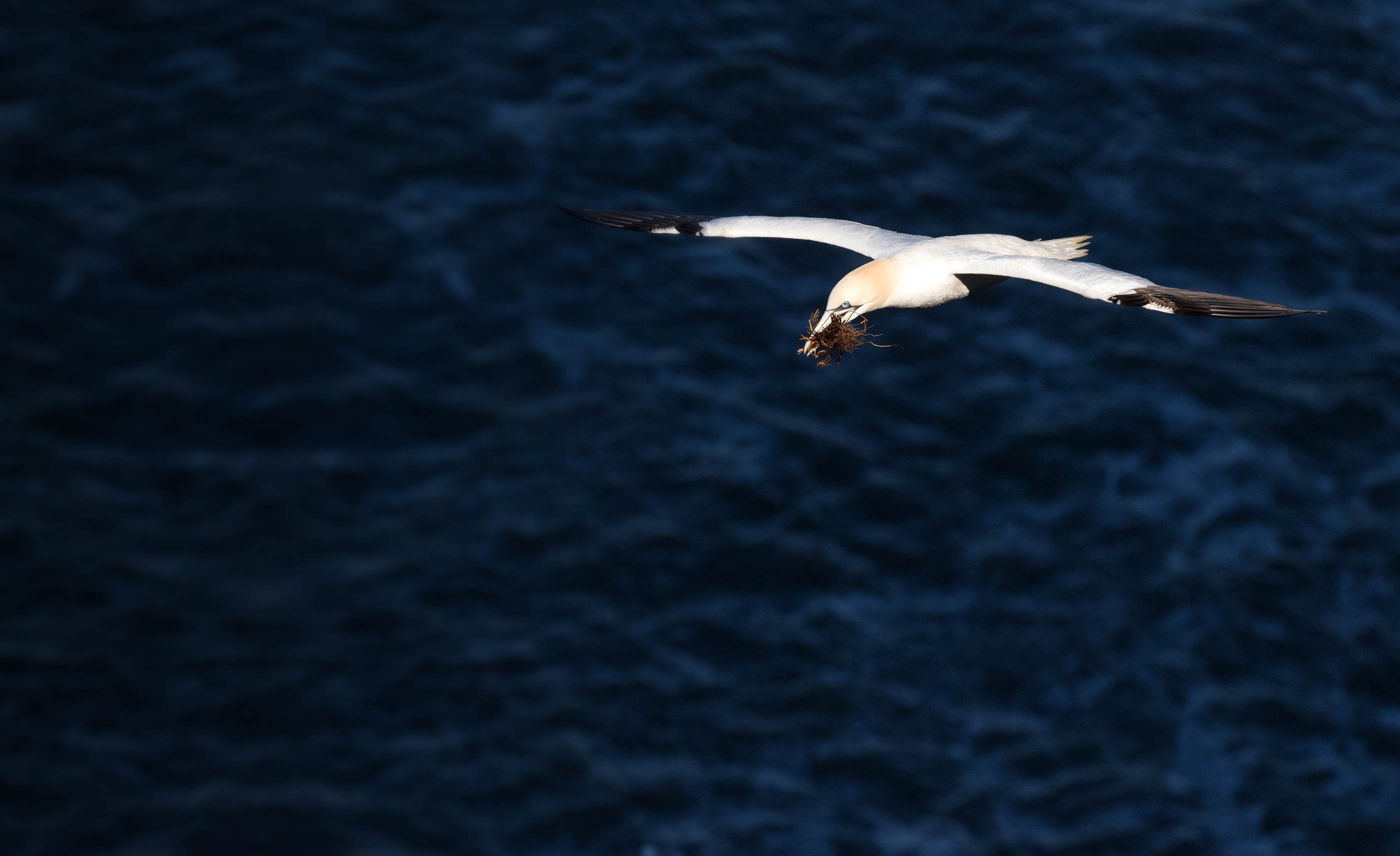All publications for Blaise Martay
2024.
The benefits of protected areas for bird population trends may depend on their condition.
Biological Conservation
292
View at journal website (DOI: 10.1016/j.biocon.2024.110553)
2024.
Anthropogenic climate and land-use change drive short-and long-term biodiversity shifts across taxa.
Nature Ecology & Evolution
View at journal website (DOI: 10.1038/s41559-024-02326-7)
2023.
Climate change and migratory species: a review of impacts, conservation actions, indicators and ecosystem services..
JNCC, Peterborough
Link to publication
ISBN: 978-0-86139-000-7
2023.
Linking climate warming and land conversion to species’ range changes across Great Britain.
Nature Communications
14
View at journal website (DOI: 10.1038/s41467-023-42475-0)
2023.
Aerial insect biomass, but not phenological mismatch, is associated with chick survival of an insectivorous bird.
Ibis
View at journal website (DOI: https://doi.org/10.1111/ibi.13190)
2022.
Scoping the feasibility of developments to the Terrestrial Bird Indicator for Scotland – urban, farmland and wetland indicators.
NatureScot Research Report
1 300
Link to publication
2022.
Rare and declining bird species benefit most from designating protected areas for conservation in the UK.
Nature Ecology & Evolution
View at journal website (DOI: 10.1038/s41559-022-01927-4)
2022.
Breeding ground temperature rises, more than habitat change, are associated with spatially variable population trends in two species of migratory bird.
Ibis
View at journal website (DOI: 10.1111/ibi.13101)
2020.
Delivering robust population trends for Scotland's widespread breeding birds.
Scottish Birds
40 (part 4)
: 297-304
8pp
Download Report (PDF)
2020.
Opening a can of worms: Can the availability of soil invertebrates be indicated by birds?.
Ecological Indicators
113
View at journal website (DOI: 10.1016/j.ecolind.2020.106222)
9pp
2018.
Monitoring landscape-scale environmental changes with citizen scientists: Twenty years of land use change in Great Britain.
Journal for Nature Conservation
44
: 33-42
View at journal website (DOI: 10.1016/j.jnc.2018.03.001)
2018.
Using data from schools to model variation in soil invertebrates across the UK: The importance of weather, climate, season and habitat.
Pedobiologia
67
: 1-9
View at journal website (DOI: 10.1016/j.pedobi.2018.01.002)
2017.
A New Approach to Modelling the Relationship Between Annual Population Abundance Indices and Weather Data.
Journal of Agriculture, Biological and Environmental Statistics
: 1-19
View at journal website (DOI: 10.1007/s13253-017-0287-4)
2016.
An indicator highlights seasonal variation in the response of Lepidoptera communities to warming.
Ecological Indicators
68
: 126-133
Link to publication
View at journal website (DOI: 10.1016/j.ecolind.2016.01.057)
2016.
Impacts of climate change on national biodiversity population trends.
Ecography
Link to publication
View at journal website (DOI: 10.1111/ecog.02411)
2016.
An assessment of the potential benefits of additional stratification of BBS squares by habitat and accessibility to enhance the monitoring of rare species and habitats.
.
Research Report no. 677.
ISBN: 978-1-908581-59-4
39pp
£5.00
Download Report (PDF)
2016.
Understanding Predation. A review bringing together natural science and local knowledge of recent wild bird population changes and their drivers in Scotland.
Moorland Forum
Link to publication
2015.
Drivers of climate change impacts on bird communities.
Journal of Animal Ecology
84 (part 4)
British Ecological Society
: 943-954
View at journal website (DOI: 10.1111/1365-2656.12364)


